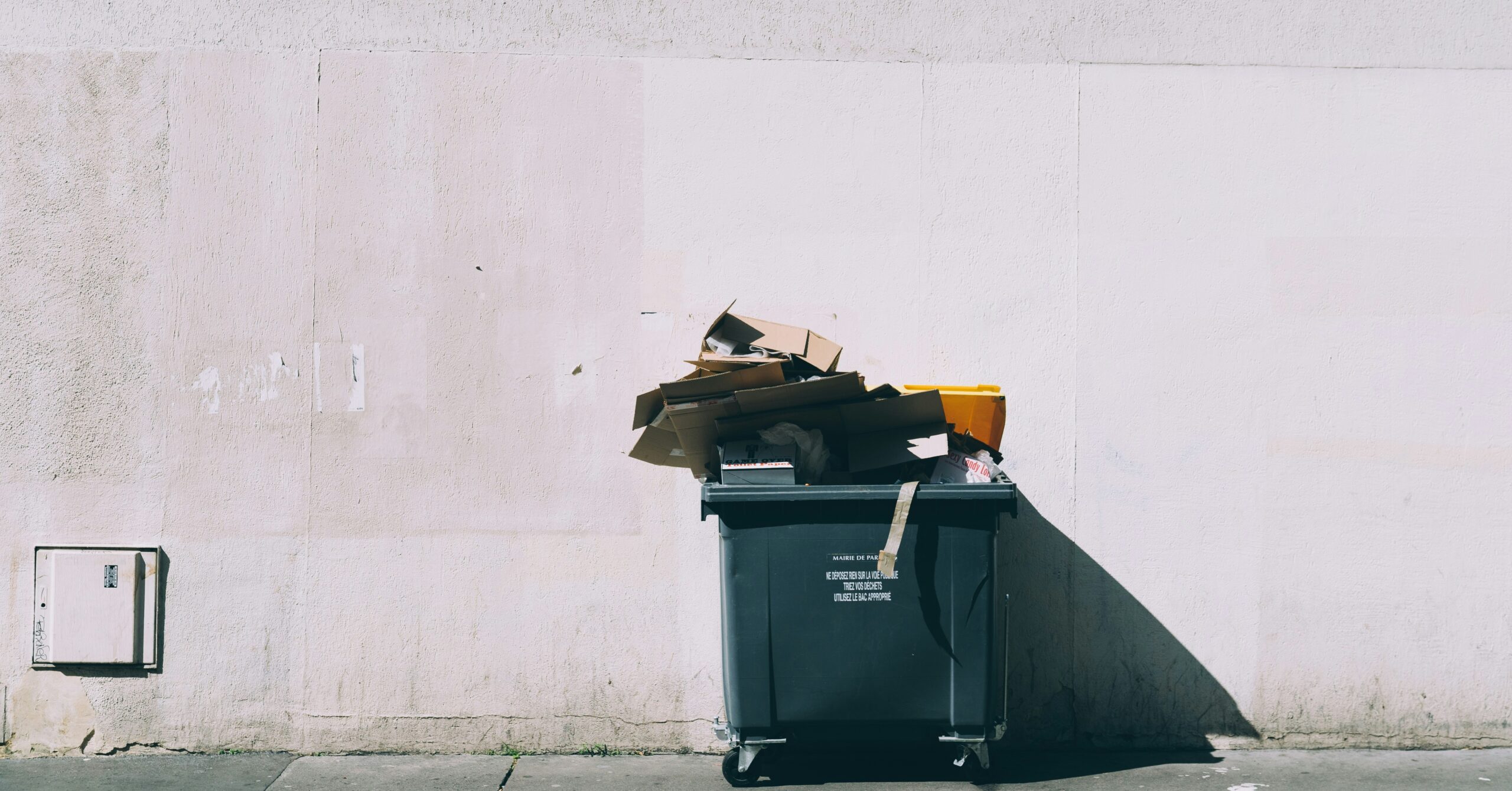
Having the appropriate infrastructure is a key success factor for advancing a circular economy in Canada. Critical infrastructure gaps can inhibit the efficiency, effectiveness, and scaling of circular business models and supply chains.
During one of the working sessions at the Canadian Circular Economy Summit this past June 2023 in Toronto, delegates identified that there is a need for a framework for eligibility, comparison, and indicators to report on performance in order to quantify the value of investments in circular infrastructure. In addition, it was agreed that coordination and support at a national level for these projects are needed to ensure alignment, compliance, and efficiency.
Governments and industry must collaborate to build infrastructure, seek investment, and explore technical options for circular solutions. Further research is needed to identify critical technology and infrastructure gaps in specific sectors and supply chains (or reverse supply chains). Feasibility studies, technology demonstrations, and pilot projects will be important for identifying the most effective infrastructure investments to enable circular economy activities.
Capital investments through innovative mechanisms and funding models will be needed to close these gaps. Areas of focus include reuse, repair, collection, sortation, remanufacturing, and recycling facilities depending on the material streams and sector.
Work is underway within the plastics value chain, for example, including recent efforts by the Canada Plastics Pact and its partners as part of the PRFLEX study (which stands for ‘Perfecting Recycling for Flexible Packaging’).
Findings from that research, published last month in a technical report and whitepaper entitled Optimizing the Recycling System for Flexible Plastic Packaging in Canada, identify specific technology and infrastructure gaps and investments required for dealing with this problematic yet important packaging format. By taking a value chain approach, that study identified nine recommendations (see page 18) for improving the system and addressing the infrastructure issues.
We need to invest in similar studies in other areas, leveraging a partnership approach, such as critical minerals and metals, textiles, and construction materials.
CELC is committed to taking a leading role in identifying and addressing existing circular infrastructure gaps, and will continue to work with our Partner network and others to support the research, data collection, investment, and advocacy efforts required to grow and scale circular infrastructure solutions across Canada.
Join our mailing list